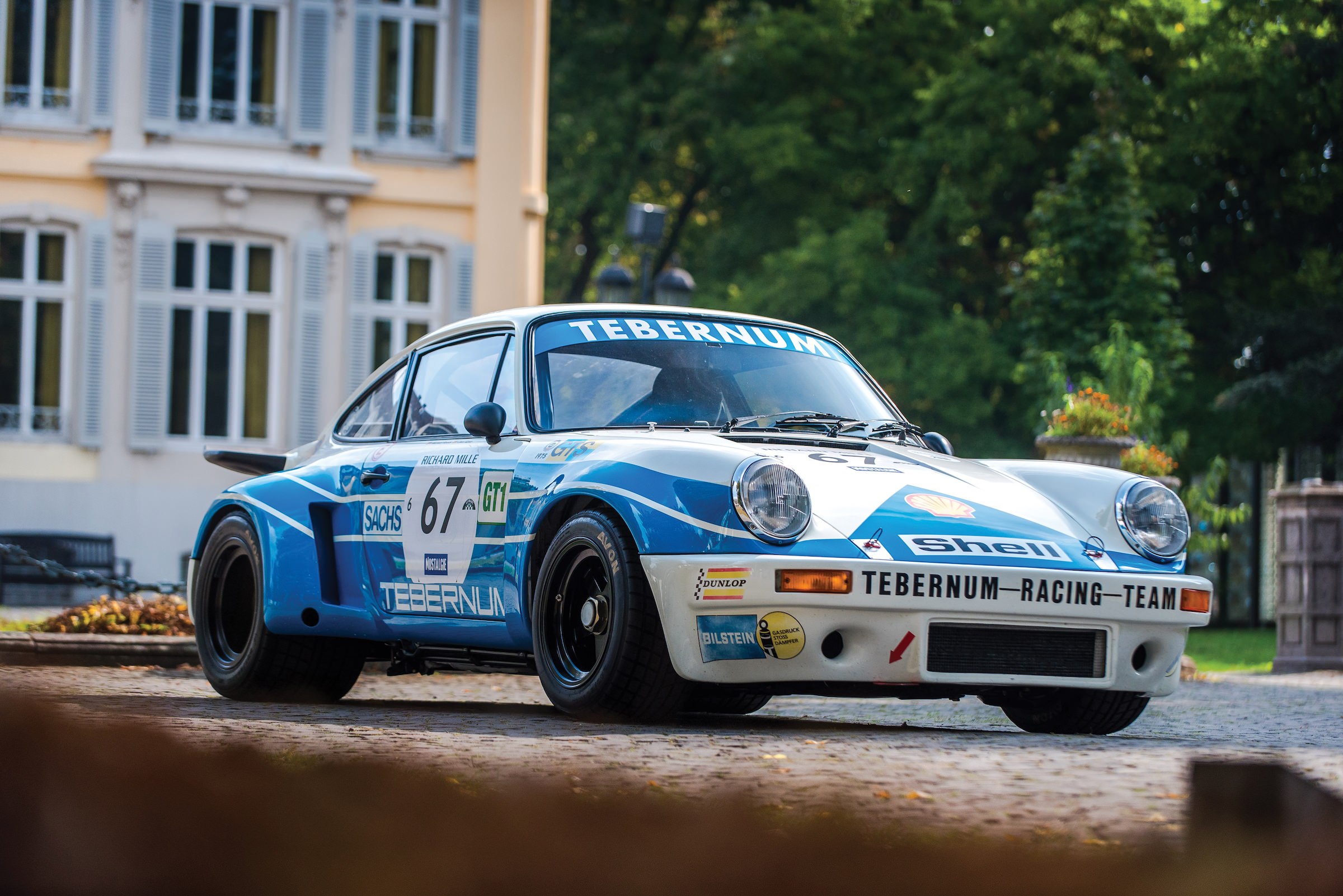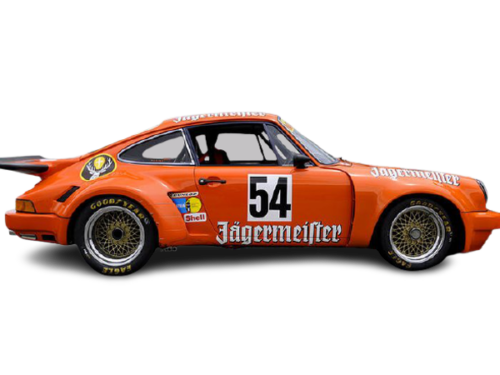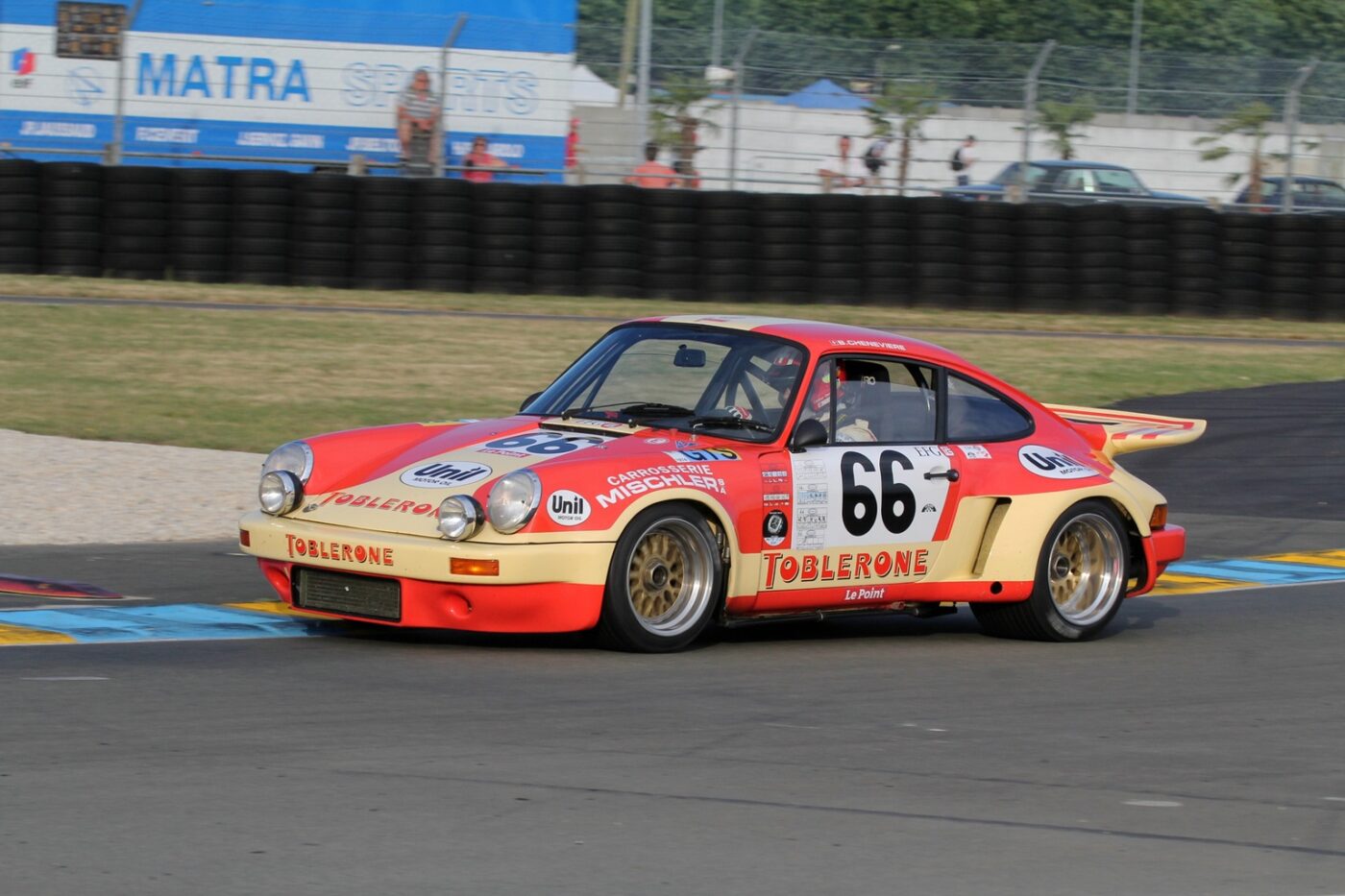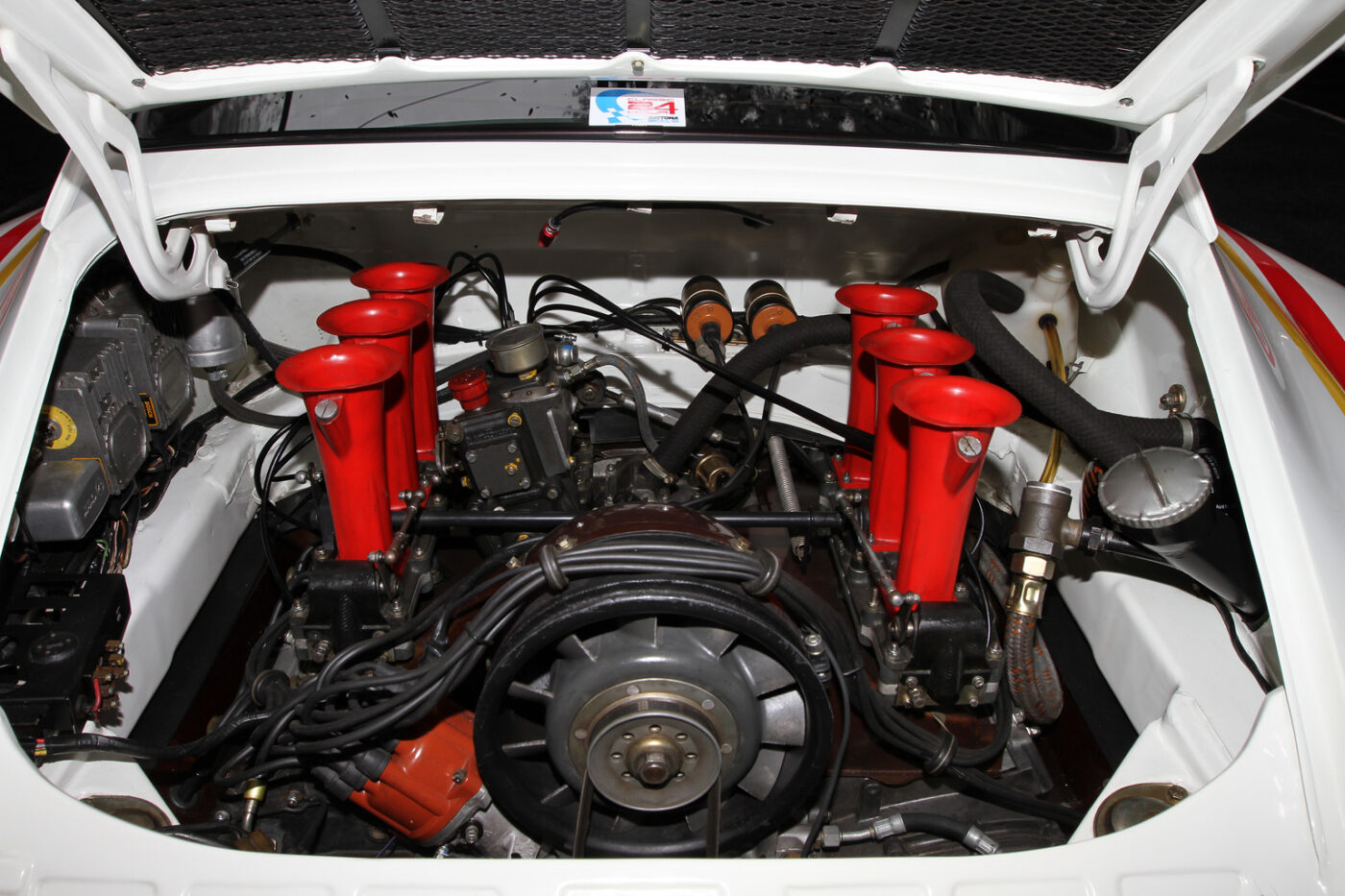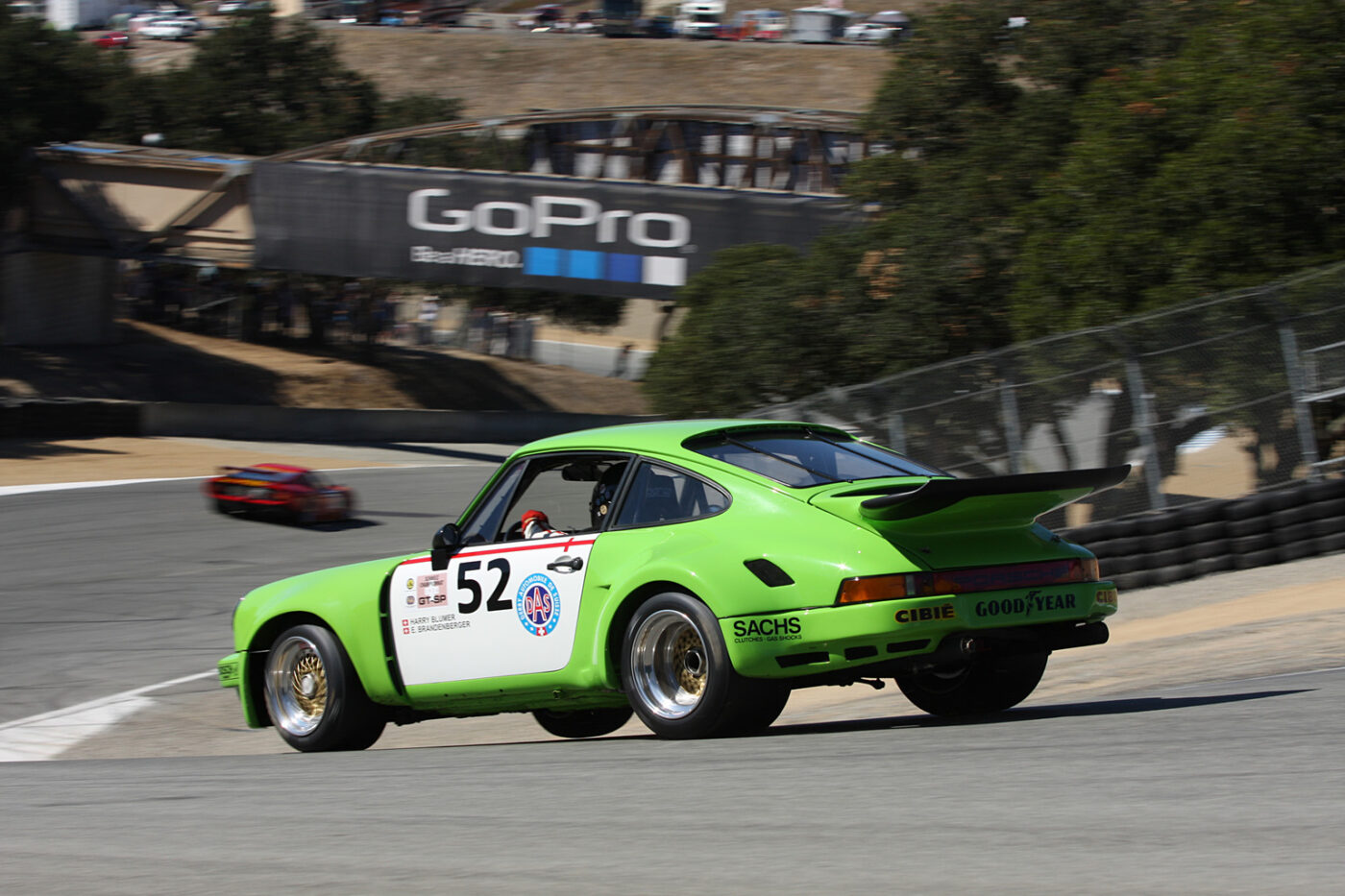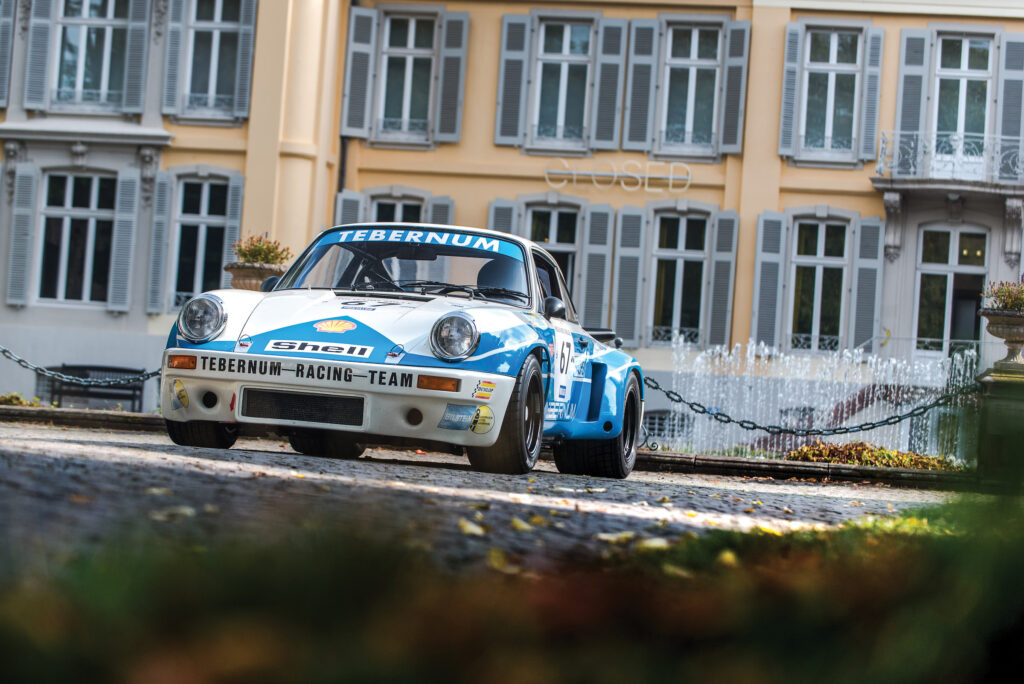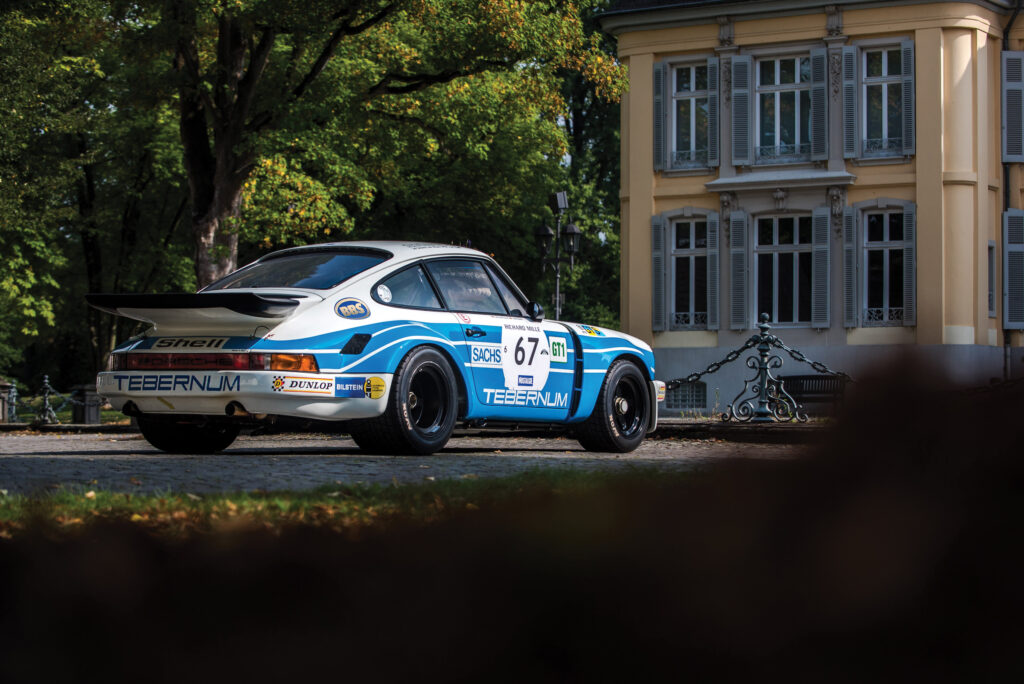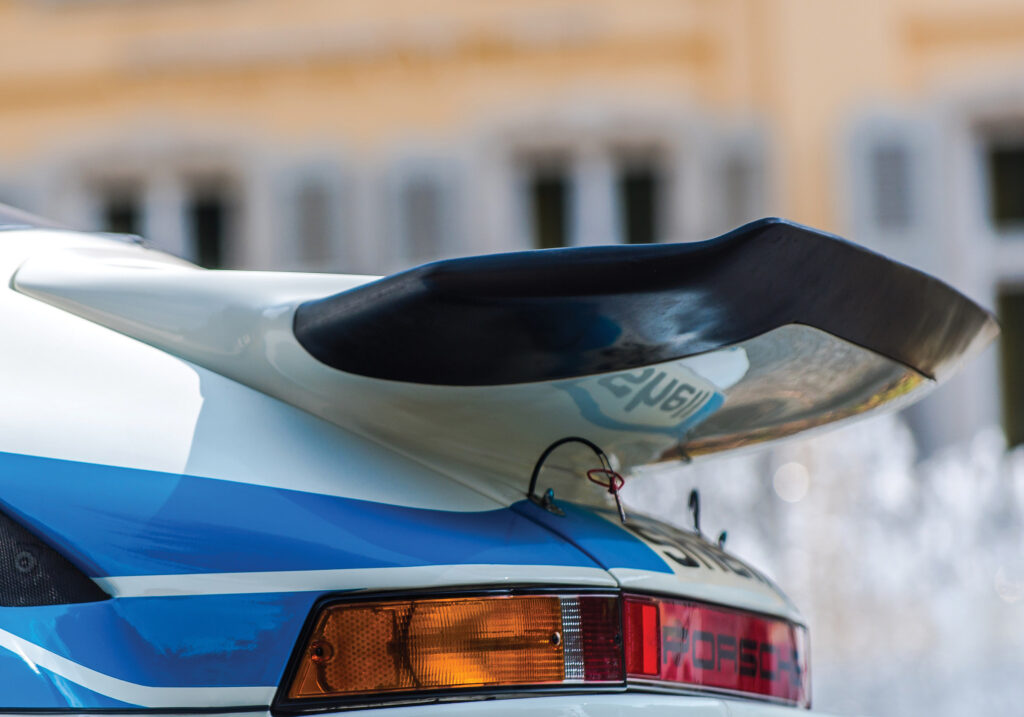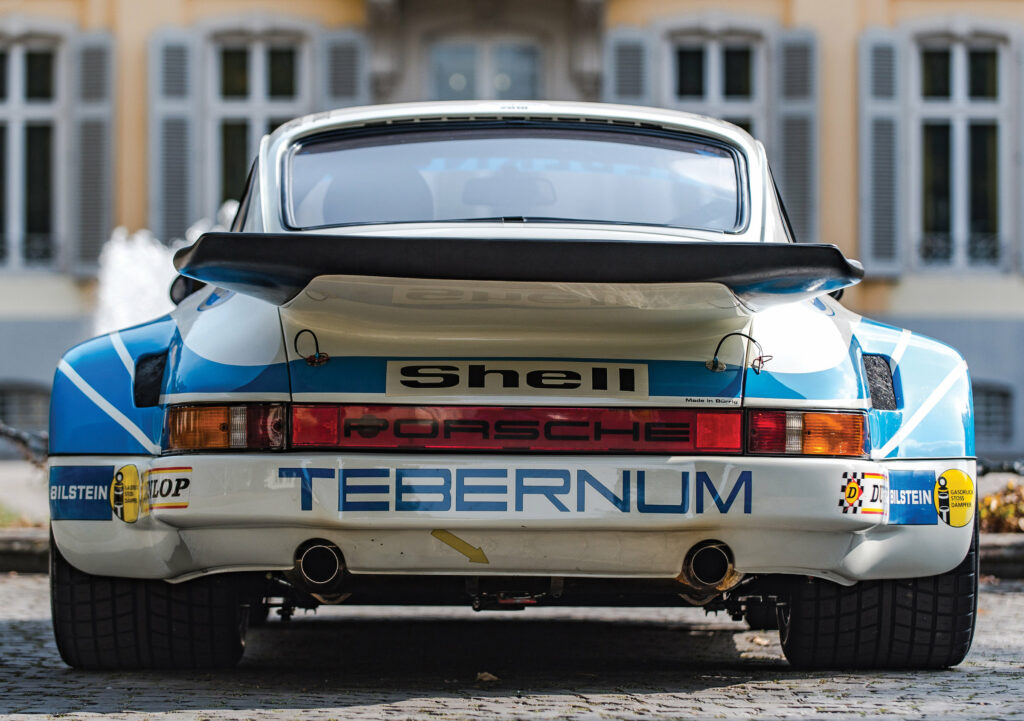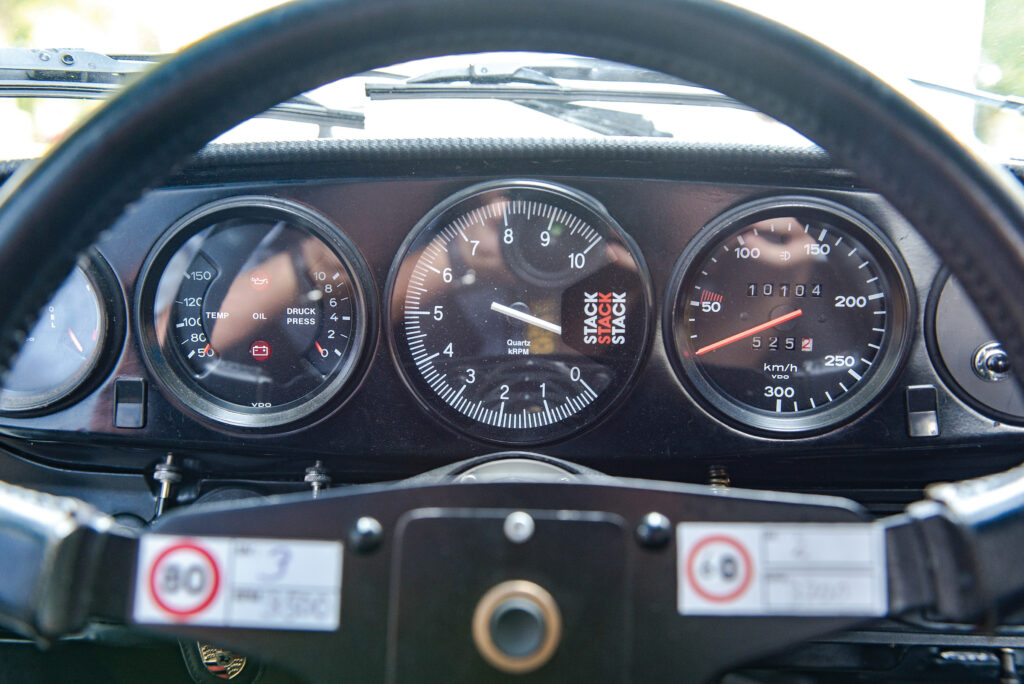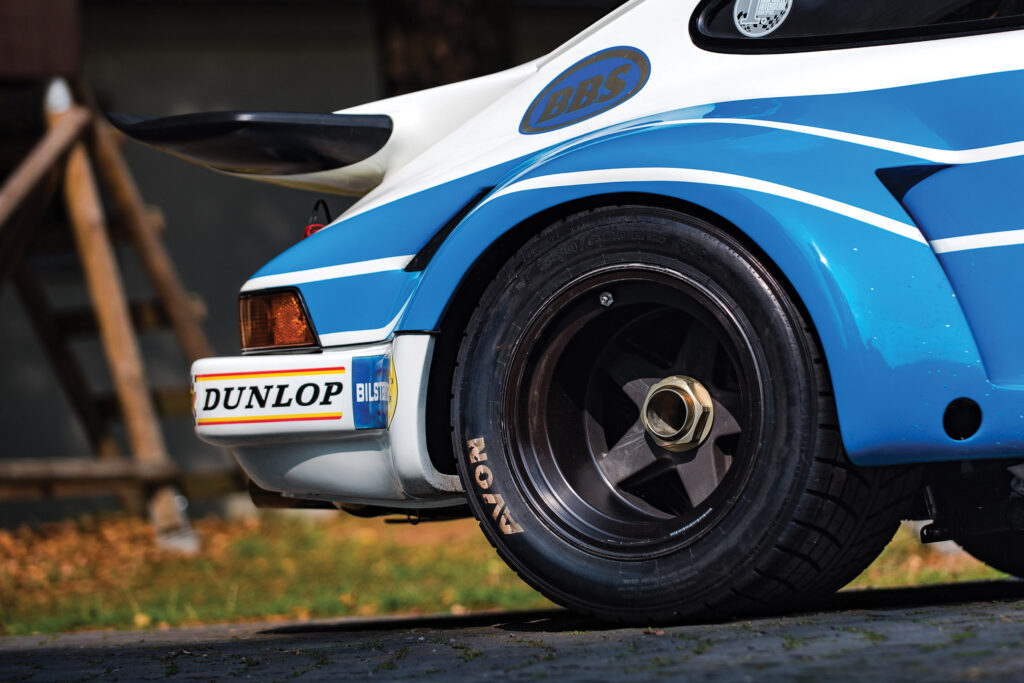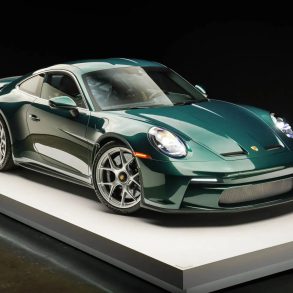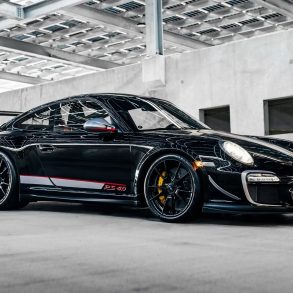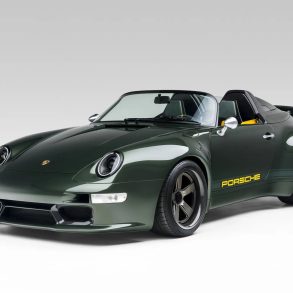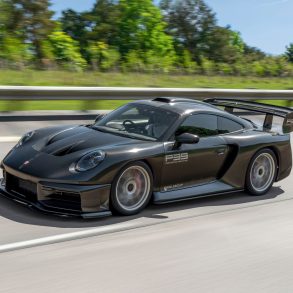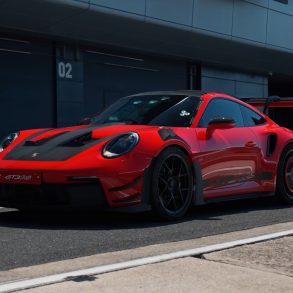1974 – 1975 Porsche 911 Carrera RSR 3.0 – Ultimate Guide
The Carrera RSR 3.0 is one of those rare and super-special Porsches, and one of the most successful Group 4 racing cars ever. Today the Carrera RSR models rank among the most sought after of all Porsche 911 variants.
The Carrera RSR 3.0 was made in small numbers for racing. For the privateer in the mid-1970s who wanted to go sports car racing, and in particular compete successfully at the famed 24 Hours of Le Mans, there was really only one viable option, the Porsche RSR. Introduced in 1973, the 2.8 RSR was a factory-built racing car based on the 911 chassis. These were not converted street cars, but rather purpose built competition models designed and built from the ground up for serious racing use.
In 1974 the factory made significant changes to the car including a new 3.0 liter engine, wider wheels with center lock hubs and improved aerodynamics. The result was a car that would dominate the GT category and challenge for overall wins around the world, and the 3.0 RSR would go on to become the most successful Group 4 racing car of its time. Its combination of low weight, immense Porsche 917 brakes, impeccable handling, and a 330+hp naturally aspirated flat-6 that gave the model a power-to-weight ratio that would humble even the most mighty offerings from Italy, England, or America.
The 917 Becomes Obsolete
With the introduction of the new 3.0-liter displacement limit for Group 5 World Championship Sports Cars, the all-conquering 917 became obsolete, Porsche channeled its efforts into two very different programs for 1972 rather than continuing with a Works WSC effort. Porsche’s outright victories had come at a considerable monetary expense. So when the 917 was banned at the end of 1971, Porsche’s competition department set this new course.
On the one hand, Porsche would pursue the 1972 and 1973 Can-Am Championships with its formidable Penske-run 917/10 and 917/30 behemoths. It also set about to create a new 911-based racer, continuing development of the 911-based RS and RSR variants for the GT class for International long-distance racing. The new cars were campaigned by the works team but was also raced and, perhaps more importantly, bought by privateers in large numbers. Continuous development saw the RSR emerge in its definitive 3-litre form at the start of the 1974 season.
Under the Skin
As per the regulations, the Carrera RSR 3.0 was built around a production 911 shell. Under the skin the 3.0 RSR shared much with its sibling, the Porsche 911 Carrera RS.
Compared to the 2.8 litre version used in 1973, the bigger engine featured a larger bore and a sturdier aluminium instead of magnesium crankcase to cope with the additional forces. The Type 911/75 flat-6 engine had twin-plug ignition, high-lift camshafts, Bosch twin-spark fuel injection, a compression ratio of 10:3.1, dual megaphone exhausts, a dry sump oil tank, and the same 5-speed transmission from the RS. Power was 330 bhp @ 8000 rpm and torque was 232 ft lbs @ 6,500 rpm. The increase in power was great, but for racing the bigger benefit was that these changes substantially improved the reliability. Completing the drivetrain was a reinforced clutch and a five-speed gearbox.
Since nobody was using the 917 parts bin, Porsche went to down and took the 917s brakes and center-lock wheels, while flared wheel arches, a front airdam, and the now iconic “tea-tray” spoiler gave the car a very aggressive posture. As a result the RSR appears notably different to the RS thanks to these wide fiberglass wheel arches covering 10.5 inch wheels at the front and 14 inch wheels at the back. The rear arches include air intakes to help cool those 917 sourced brakes.
Fiberglass was also used in the bumpers, the engine cover, the front trunk lid, and the rear “Tea Tray” spoiler. Lightweight Perspex windows replaced the glass in the side windows for further weight savings, and the interior was stripped of all but the bare essentials – a single seat, pedals, a steering wheel, a shifter, and some gauges.
By further reduce the weight from the already lightweight Carrera RS 2.7, while simultaneously increasing power without compromising reliability, the team was able to tip the scales at around 900 kg dry. With 330hp on tap, this lightweight Porsche 911 Carrera RSR 3.0 was capable of a top speed of 179 mph and awesome acceleration.
The RS 2.7 had helped with the RSR efforts more than meets the eye. The wider wheel arches, the full-width front spoiler (which also housed the oil-cooler) and the now legendary ‘whale-tail’ rear wing had already been homologated through the Carrera RS 2.7 and 3.0 road cars. For safety reasons and also adding to the structural rigidity was a full roll-cage constructed from aluminium tubing. The most significant change was the adoption of coil springs for the RSR 3.0, instead of the torsion bars used on previous 911 versions.
Racing Success
By 1974, the Porsche works team was preoccupied with developing and racing a turbocharged version of the 911, which would ultimately develop into the 934 and 935, so campaigning the new Carrera RSR 3.0 was now all up to privateers (Porsche built the RSR 3.0 through 1974 and into 1975 to provide to customer racing teams).
Privateers enjoyed a rare couple of seasons with a car that was demonstrably much faster than their competition. Often it would be two or more examples of the RSR battling for the race win with other marques offering a challenge only as backmarkers.
Capable teams running the 911s included Kremer and Gelo in Europe and Brumos in the United States. The well-honed RSR swept all before and dominated the GT class on both sides of the Atlantic, scoring several outright victories on the way. In addition to the 52 RSR 3.0s built in Weissach, numerous customers updated their earlier 911s up to RSR spec.
Although production of the naturally aspirated 911 racer ceased in 1975, the RSRs were raced for many more years. Even when the more potent 934 and 935 came to the market, many privateers preferred to run the lightweight and much better handling Carrera RSR 3.0.
Videos & Reviews
Pictures
The below images are from the sale of the 1975 Porsche 911 Carrera RSR 3.0 at Sothebys. Please check out the full listing here. Photos are from Loic Kernen © 2018 Courtesy of RM Sotheby’s. See more pictures and our full gallery here.


